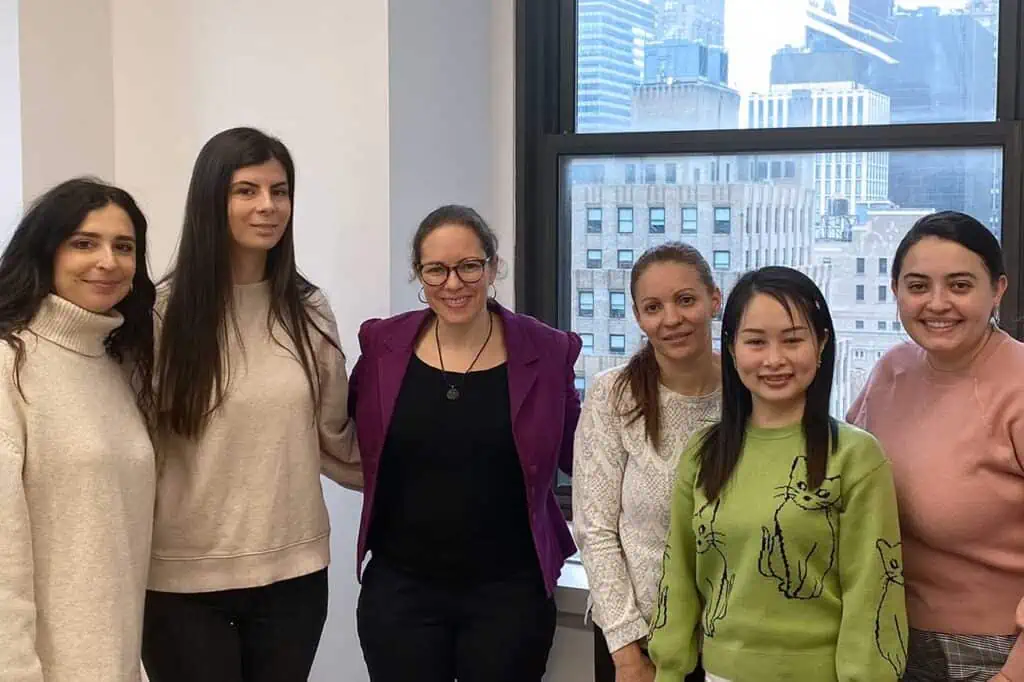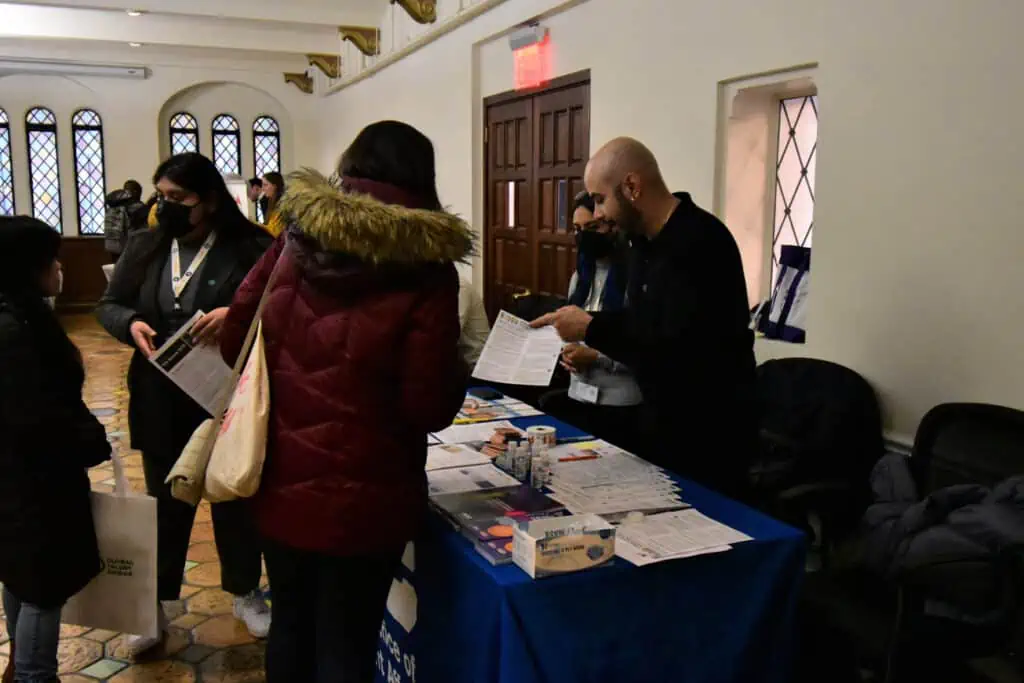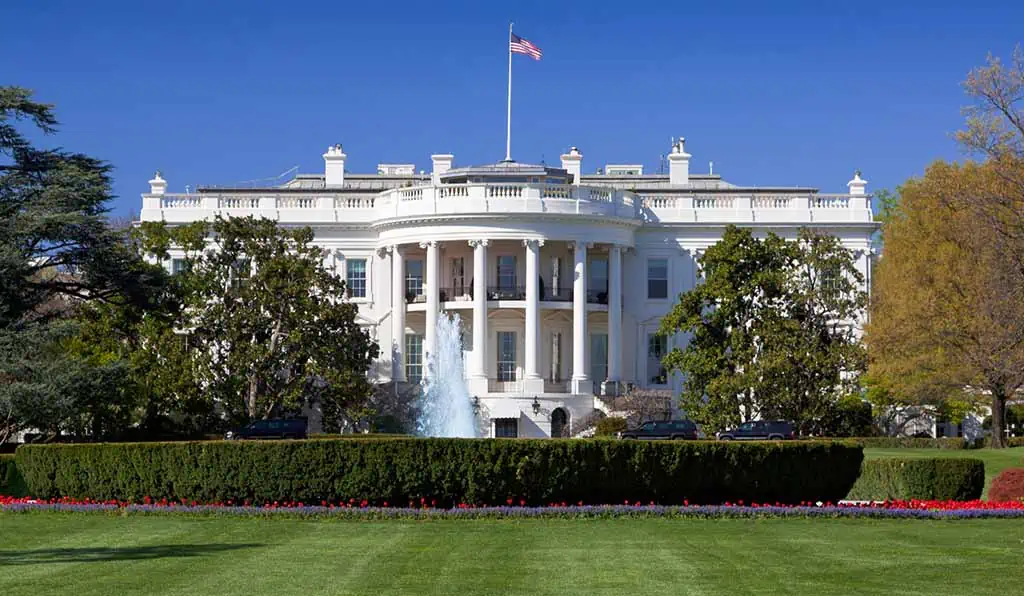Advancing the Economic Inclusion of Immigrants and Refugees: State Policy Priorities for 2023
As 2023 state legislative sessions begin across the United States, policymakers have the opportunity to promote economic inclusion and open career pathways for immigrants and refugees. Immigrants and refugees have education, credentials, and experience that could help meet immediate workforce needs and bolster the nation’s long-term economic vitality. Policy reforms that ensure an inclusive workforce are critical to addressing deepening labor shortages in critical sectors, including health care and education.
Immigrants and refugees make up 17 percent of the U.S. labor force, and nearly half of those who have recently arrived hold a bachelor’s degree or higher. According to the Migration Policy Institute (MPI), an estimated two million college-educated immigrants and refugees are unemployed or underemployed in the U.S. At least 60 percent of these individuals hold credentials from another country.
In order to support immigrants’ and refugees’ full inclusion in the U.S. workforce, policymakers must address barriers to economic mobility, including systemic factors like the lack of access to effective workforce development training, educational programs, English language learning, and limited recognition of credentials from abroad.
WES offers five policy priorities for 2023 that can serve as a roadmap for states interested in promoting economic inclusion:
-
Priority 1: Expand pathways to licensure for internationally trained physicians, nurses, and workers in allied health care.
Advancing opportunities for internationally trained immigrant and refugee health care workers would improve health outcomes and save lives. The Association of American Medical Colleges estimates that the U.S. will face a shortage of 37,800 to 124,000 physicians by 2034, as well as a critical nursing shortage through at least 2030. At the same time, 165,000 immigrants and refugees whose health credentials are underutilized in the local workforces likely obtained their education in another country. State policy efforts to address health care provider shortages should include reforming licensing laws, establishing career readiness programs, and forming work groups or commissions to explore barriers and identify policy recommendations.
-
Priority 2: Promote the inclusion of immigrant and refugee teachers.
As educator shortages deepen throughout the U.S., policies should bring more educators into the workforce and increase educator diversity. Nationwide, more than 100,000 immigrants and refugees with teaching degrees from another country are unemployed or working in jobs that are not commensurate with their training and experience. States should implement reforms that expand pathways to accommodate internationally trained educators and foster the professional development of immigrant and refugee teachers in local communities.
-
Priority 3: Support communities that champion immigrants and refugees.
Immigrants and refugees can contribute valuable education and experience to local workforces, but many states lack a central hub to facilitate the coordination of services, outreach to service providers, and development of policies aimed at promoting social, cultural, and economic inclusion. State Offices of New Americans (ONAs) are an effective way to foster state-level, cross-sector immigrant and refugee inclusion initiatives. Policymakers should establish state ONAs tasked with supporting immigrants and refugees, promoting economic opportunities, and ensuring access to programs such as English language learning courses.
-
Priority 4: Invest in workforce development and adult education.
In light of remarkable numbers of job openings and labor turnover, workforce investments are vital to country’s economic recovery. Yet workforce and adult education programs rarely consider the unique needs of immigrant and refugee workers. States should provide greater public investment in programs that support immigrant and refugee workforce inclusion and adult education.
-
Priority 5: Make in-state tuition and financial assistance available to refugee and otherwise displaced students.
In many states, displaced students who do not meet state residency requirements or who have temporary immigration status are not eligible for in-state tuition for higher education, and out-of-state tuition is often three times higher. Tuition equity laws that expand access to in-state tuition and financial assistance to refugees, asylees, asylum seekers, humanitarian parolees, Special Immigrant Visa (SIV) recipients, and Temporary Protected Status (TPS) holders upon their arrival in the U.S. are vital to ensuring the successful inclusion of displaced students in local communities and workforces.
States should prioritize the development of pathways for immigrants and refugees to achieve their education and career goals. Implementing policies that promote equity and economic mobility offers a promising way forward for states committed to addressing workforce shortages and building inclusive communities.





